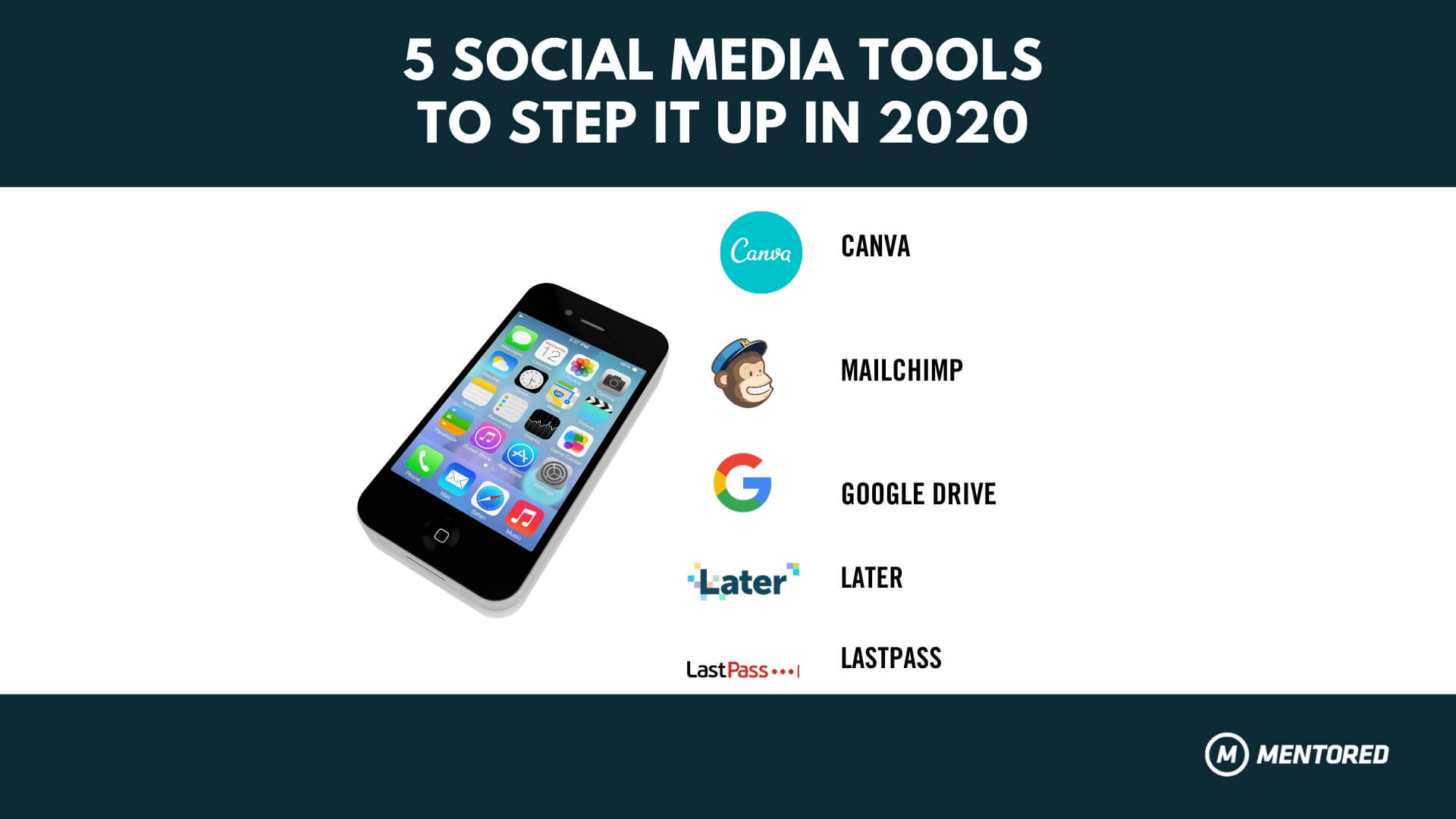
I bet you’ve read a hundred different blogs all talking about the same point: “How do I get more likes on social media?” or “how do I better manage my social media?” The truth is it takes time. You have to invest in learning about who your audience is, what they want to learn about and decide how much information you’re willing to give away.
You need to put together a schedule with categories of content that you’re willing to publish about each week. You can learn more about formulating a social media strategy in our Social Media guide here.
So if you’ve put those principles into practice and you’re wanting to take the next step in building your social media game, then you’re going to have to embrace some really useful tools to help you get there.
We’ve put together our non-negotiable tools that every small business owner should be utilising to help them manage social media. Here they are:
1. Canva –
Canva is a simple and easy to learn graphic-design tool. It has endless amounts of templates for every social media post you could imaging. It uses a drag-and-drop format to build the perfect presentation, social media post, poster, flyer – the templates go on and on. You are given access to photographs, vector images, graphics, and fonts. Utilised by your everyday joe as well as professionals, canva is the perfect app to make your social media designs look professional, without having to learn the more advanced tools like Photoshop.
2. MailChimp
Looking to build an email database, to send regular newsletters or updates to loyal/potential customers? Mailchimp is a simple web-based email marketing service. It helps you design email newsletters, share them on social networks and track your results with interesting data reports.
They are self described as “an alternative to the oversized, expensive email software of the early 2000s. It gave small business owners who lacked the high-end tools and resources of their larger competitors access to technology that empowered them and helped them grow.”
Utilising Canva, you can build engaging assets to drop into Mailchimps newsletter templates, to build a regular newsletter to send to your customers or client base. This keeps you front of mind and will encourage you to stay creative in 2020!
As a small business, you can get started for free with all the basic tools you’ll need, however pricing varies, with their recommended package at $22AUD a month.
3. Later
Now there are a whole host of social media scheduling services and the honest truth is, you’ll never find a perfect scheduling service. There’s always a catch, whether it’s not being able to post videos, not being able to post to Linkedin, limited number of posts a month – the list is endless.
Utilise scheduling services to have a weeks, two weeks, or even a months content scheduled to be published, so you don’t have to be a slave to the phone every time you need to post. Drag and drop your content, write your caption, pick some hashtags and select the time and date you want it to be published.
Scheduling services allow you to allocate certain time blocks each week dedicated to your social media without having to worry each day about what you’re going to post.
We’ve found that Later is an excellent starting place if you’re just getting into understanding scheduling services. Firstly, it’s free account allows you to schedule up to 30 posts and you’re allowed to have one account per social media platform – so that means an instagram and a facebook account. The catch with Later? No publishing to LinkedIn yet.
It has an excellent user experience, simple drag and drop for photos and graphics and has very cost effective options for business owners.
4. Google Drive
With all your new accounts for your social channels and tools, your inbox will start to get full of notifications from every website you’ve signed up to. Some of it is important, some of it is just more garbage you waste your attention on. A simple admin hack is to set up a generic free gmail to have all your social media accounts and tools linked to. This way your usernames are all standard, all your emails are in one place, and your personal inbox stays free of all that junk. Make it ‘yourbusinessname_social@gmail.com‘ or something standard that will help you keep track of everything and standardise your workflow.
You also use this account to set up a google drive, to help you back up any content you have and to set up folders for spreadsheets and GoogleDocs with all your blogs, content ideas, any schedules and so on.
5. Lastpass
Again, part of your admin, LastPass generates you encrypted safe passwords and stores them all in one place. You just have to remember the master password to get you access every time. You’re able to make it a browser extension on Google Chrome, or you can download the mobile app to help save time when logging in. Safe. Secure. Simple.
Let Mark Bouris show you his framework for running a business – Click Here
Post